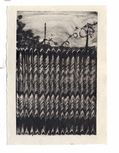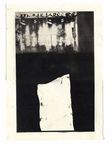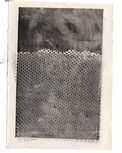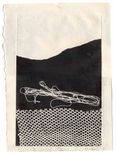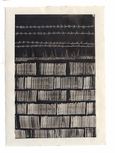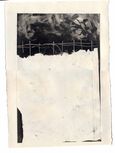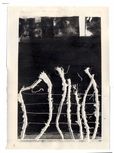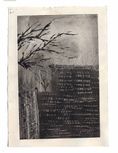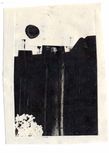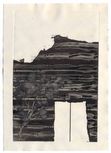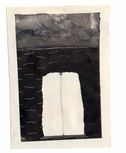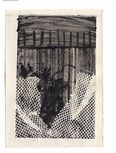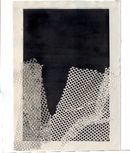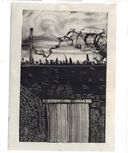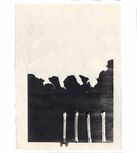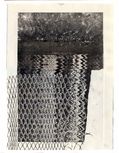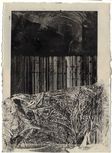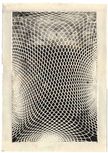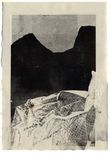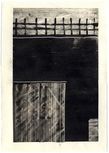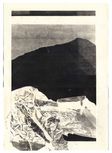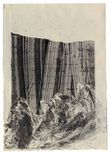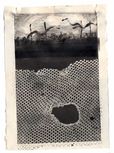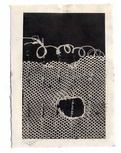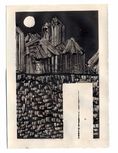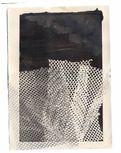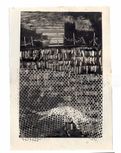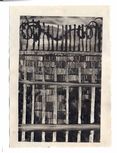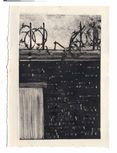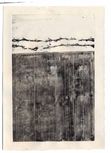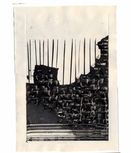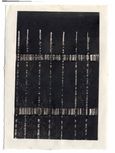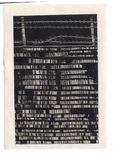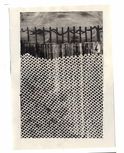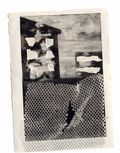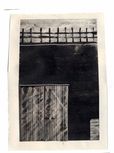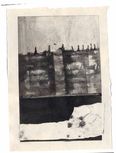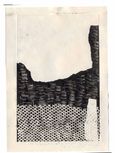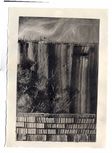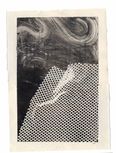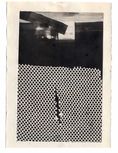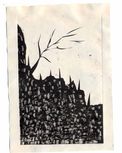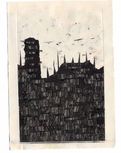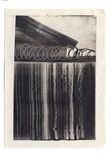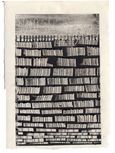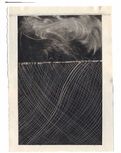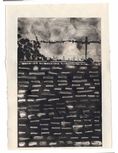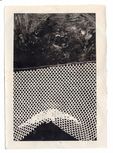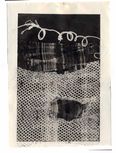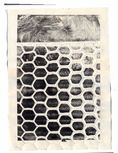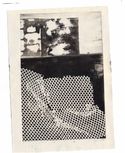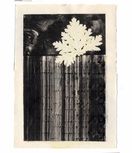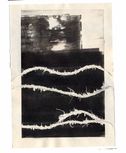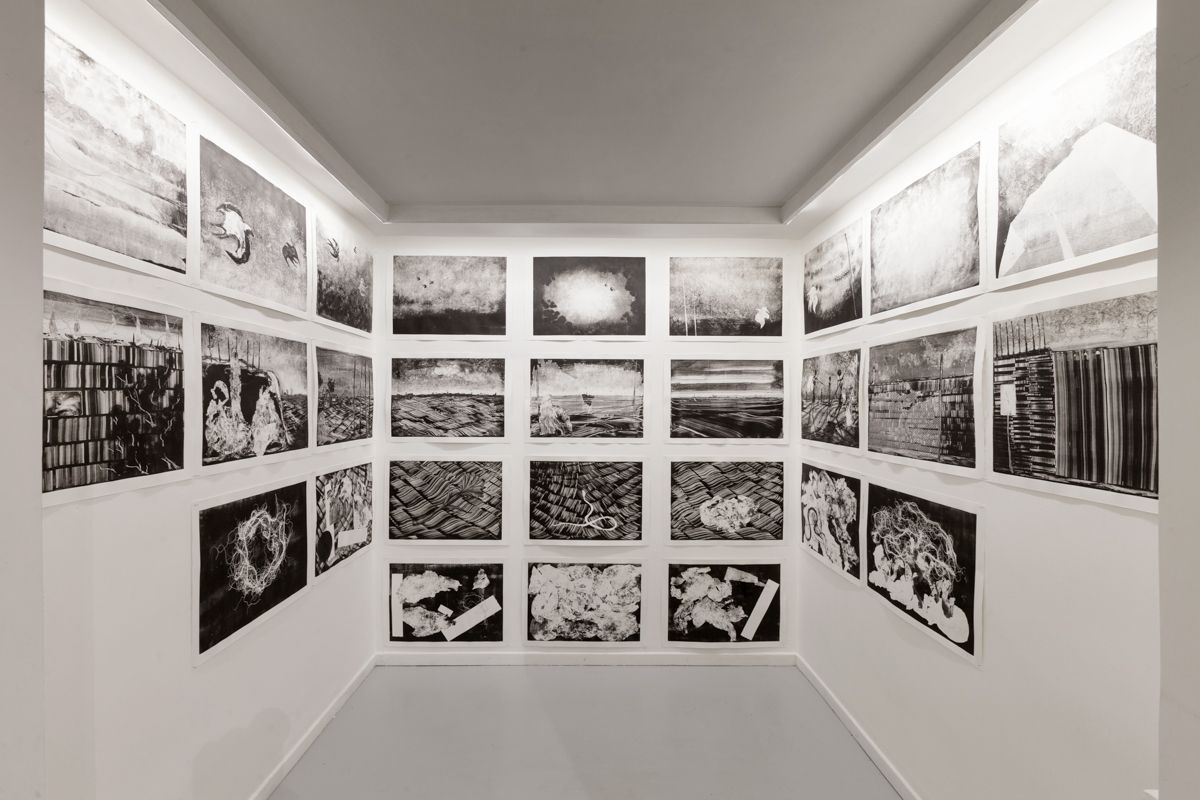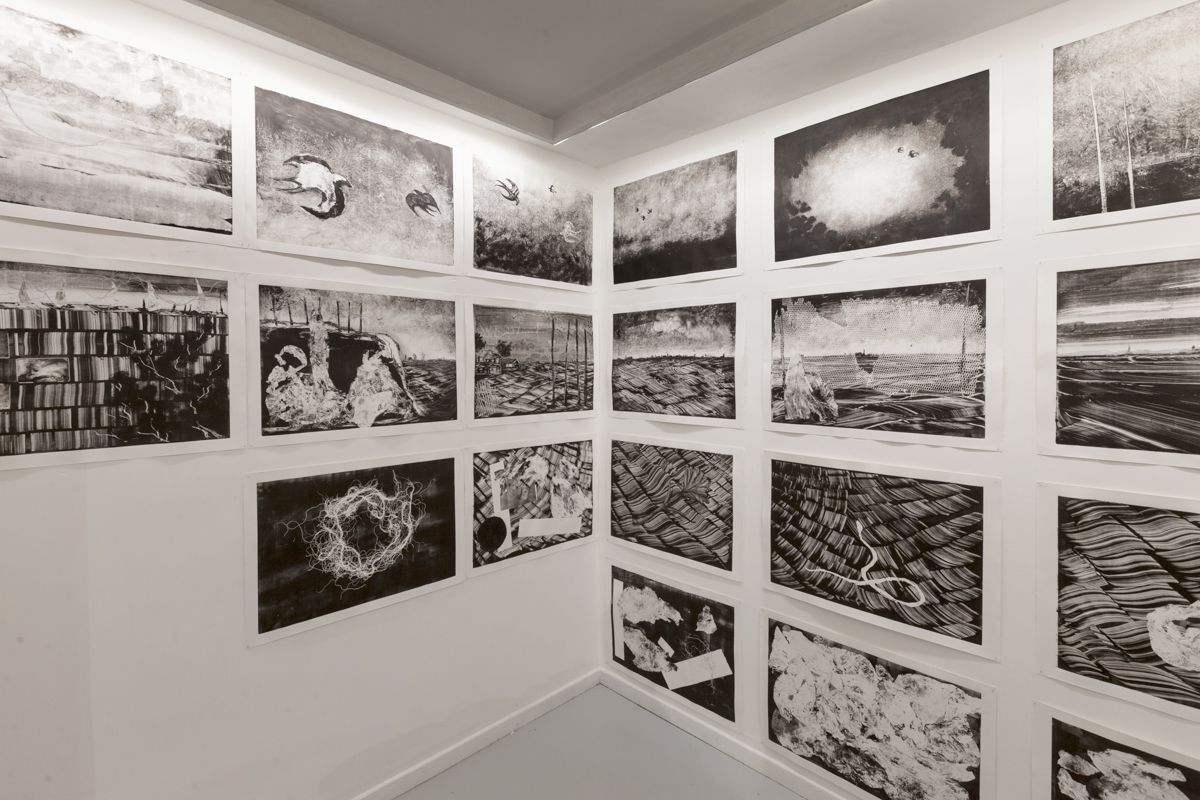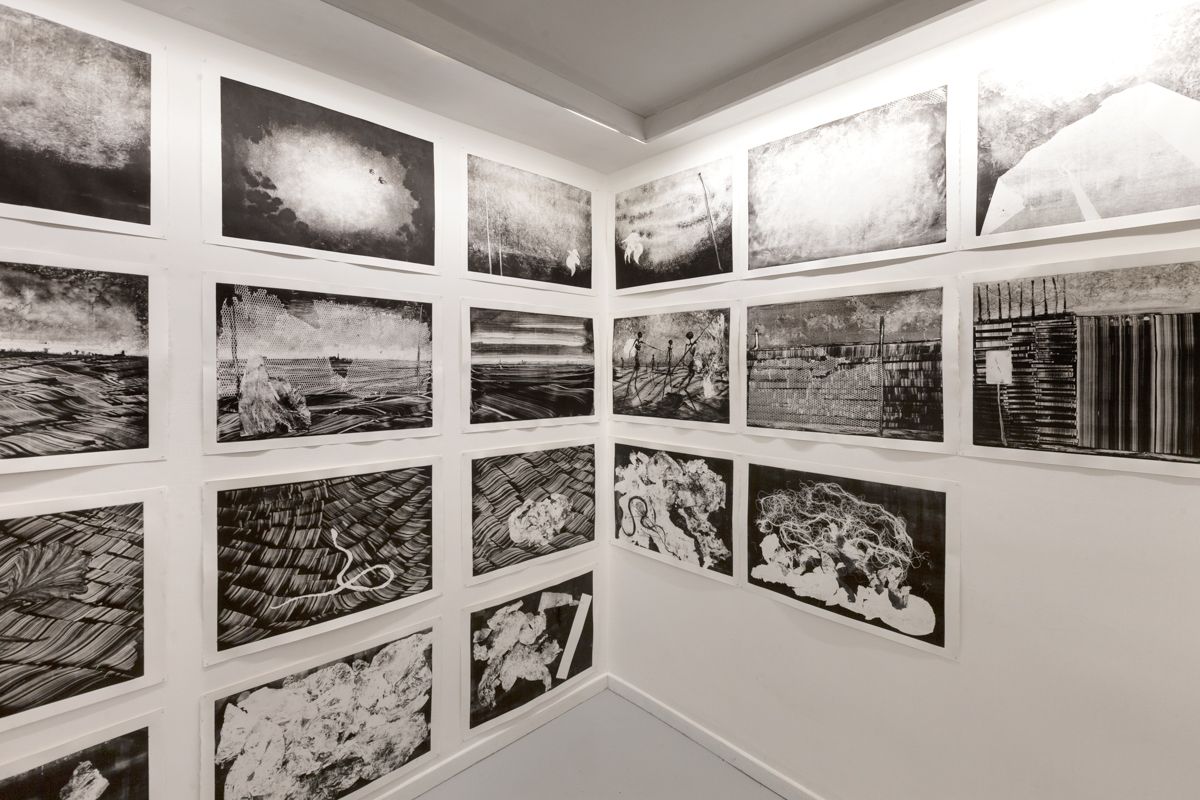SERVADIO
SIZING GROUNDS
Co-opting and repurposing the deteriorating post-industrial environment, Sizing Grounds makes an intuitive, psychologically potent connection between cor- rosion and beauty, decay and romanticism, juxtaposing readymade surfaces, textures, patterns and physical objects from a shattered, man-made landscape and intuitively manipulating them in order to create compelling monotype ima- ges – a kind of ‘printmaking of the 21st century urban psyche’.
Using objects such as ropes, fencing, netting, glass, panelling, metallic shards, crowns of wire, etc., this is work that locates psycho-geographic significance amid obsolete utility. It also hints at anthropomorphism, the environment’s su- perficially defunct factories and machinery still faintly alive: their many patched layers telling of long-sustained lives, their skirts of toxic, time-scarred detritus gathered about them like belongings. Despite a moribund mien, they continue to usher forth a too-easily overlooked aesthetic richness.
Inspired by the rusting, dripping, crumbling, barbed wire-festooned former fac- tory landscape of Hackney Wick, in East London, this work treats the material realm as an aesthetic instrument in and of itself and feeds off the many compel- ling collocations found in this very particular post-industrial epicentre. Focusing on the tensions and divisions between definition and blurredness, loudness and quietude, the weathered and gentrified, the accessible and the forbidden, Sizing Grounds navigates a compelling path that oscillates between analysis and intui- tion, seeking to exhume buried meanings from an apparently de-engaged zone.
That sense of ‘division’ is also played out in the chosen mark-making process
itself – the, sometimes extreme, separation between the concrete objects and the printed imagery they make with their surfaces reflecting the dichotomy that is at the core of the project. Similarly, there is a bifurcation between human/ae- sthetic intent and pictorial outcome, courtesy of the unpredictable, essentially aleatory nature of the monotype process. This absence of complete human con- trol allows the images a kind of uncanny autonomy, again chiming with Sizing Ground’s principle concern, wresting visceral resonances from an environment all too apparently shorn of meaning.
Copyright @ All Rights Reserved
